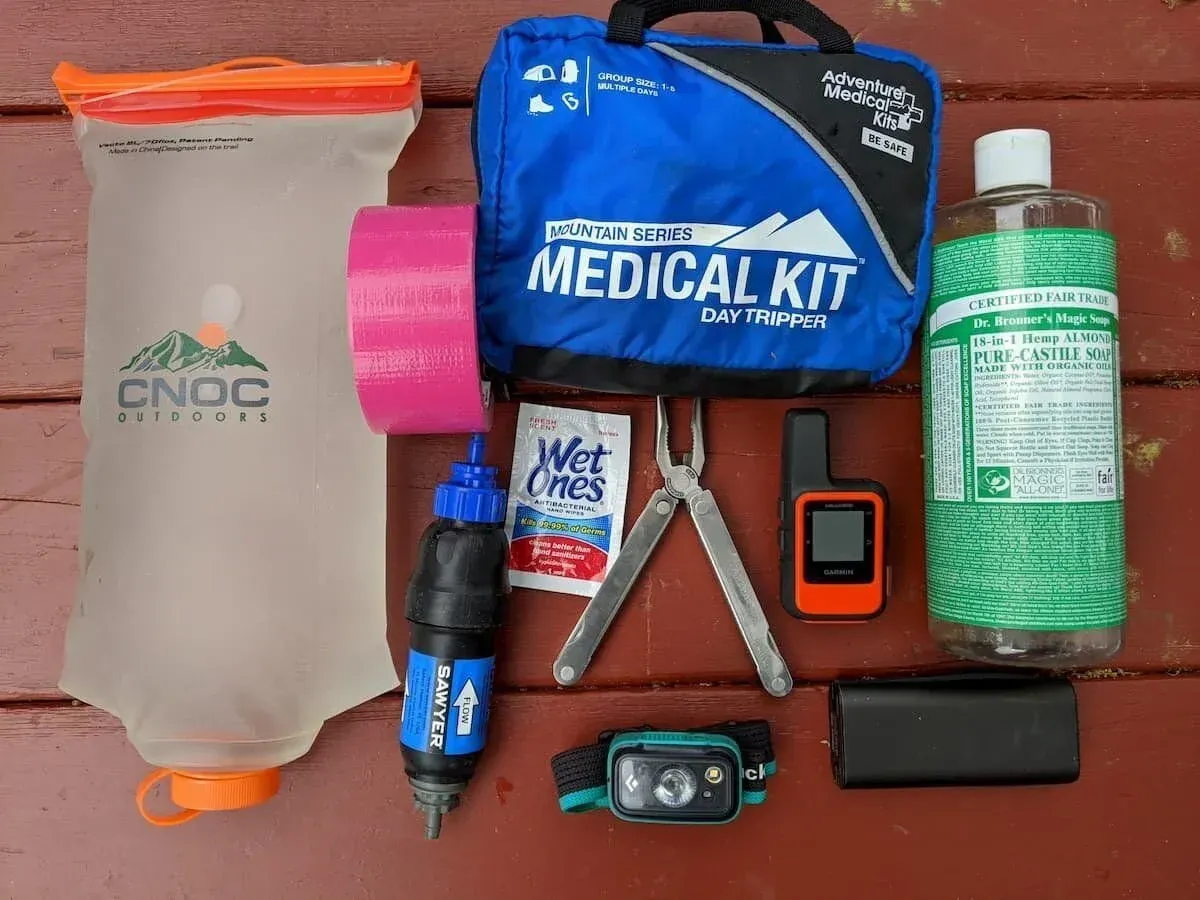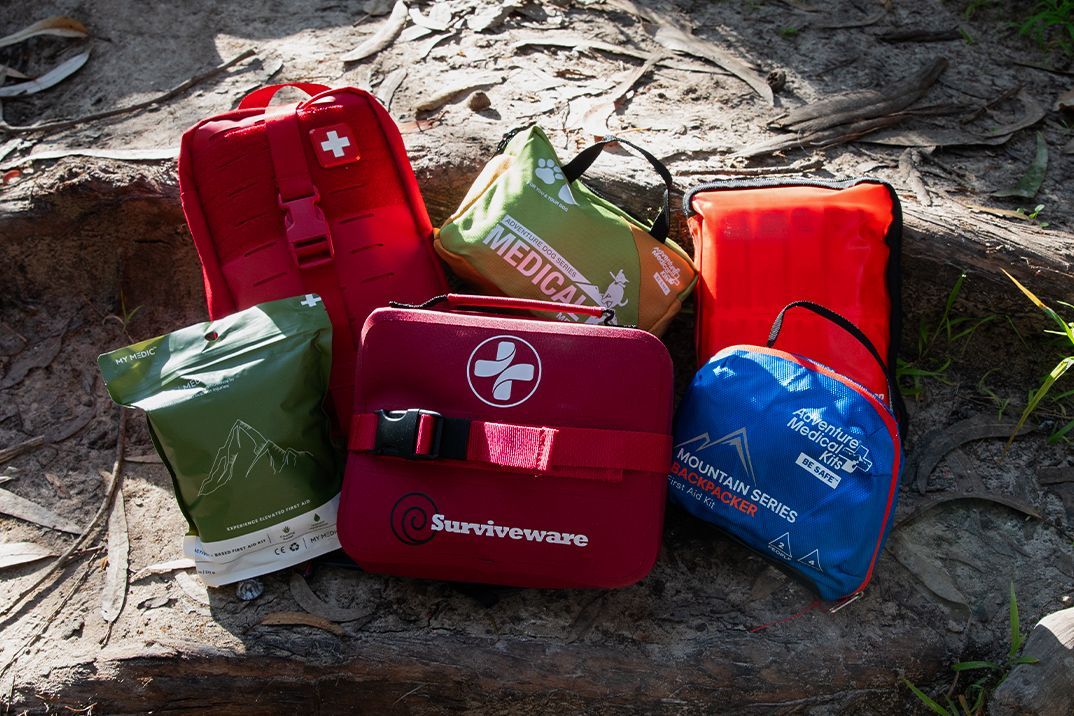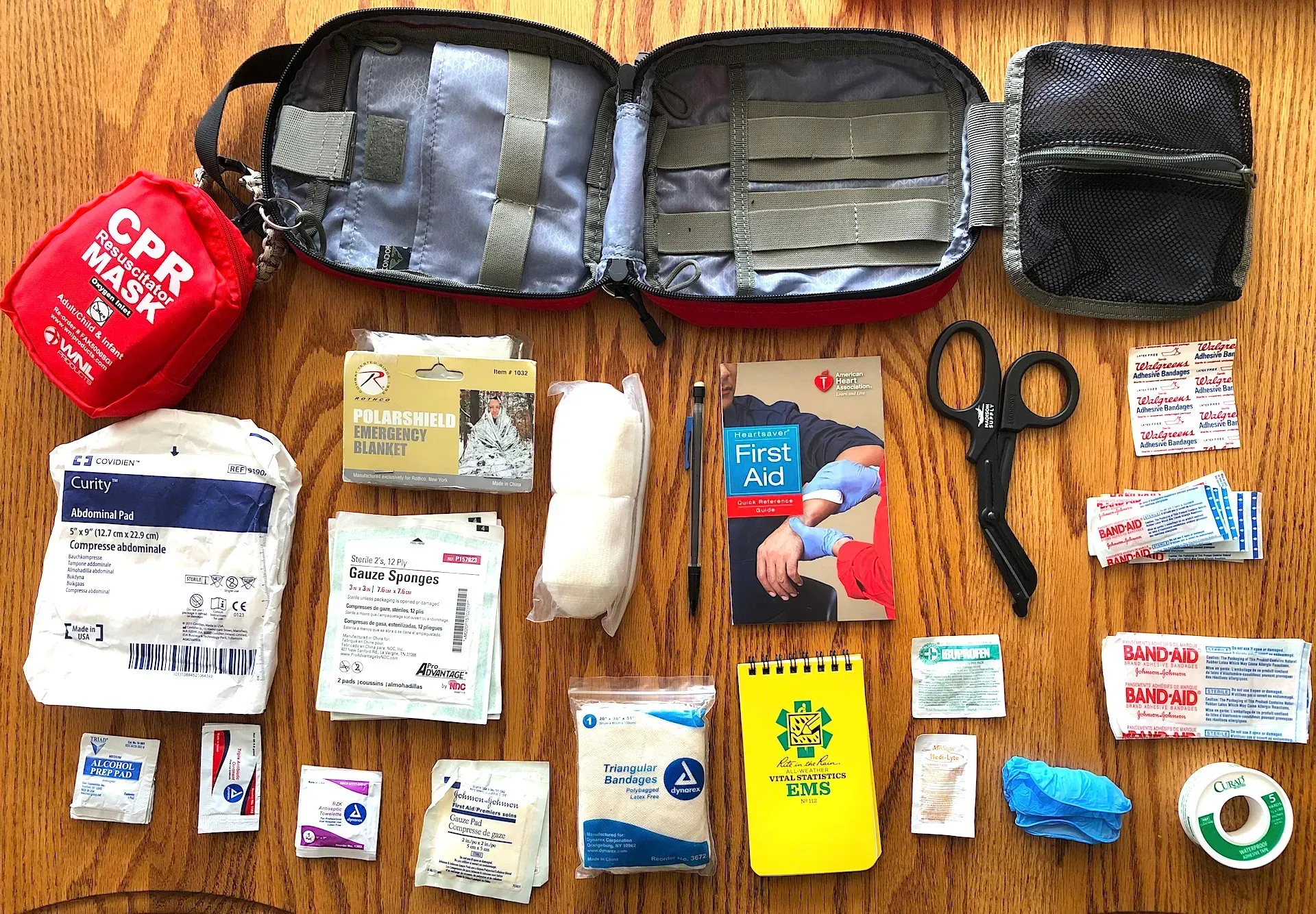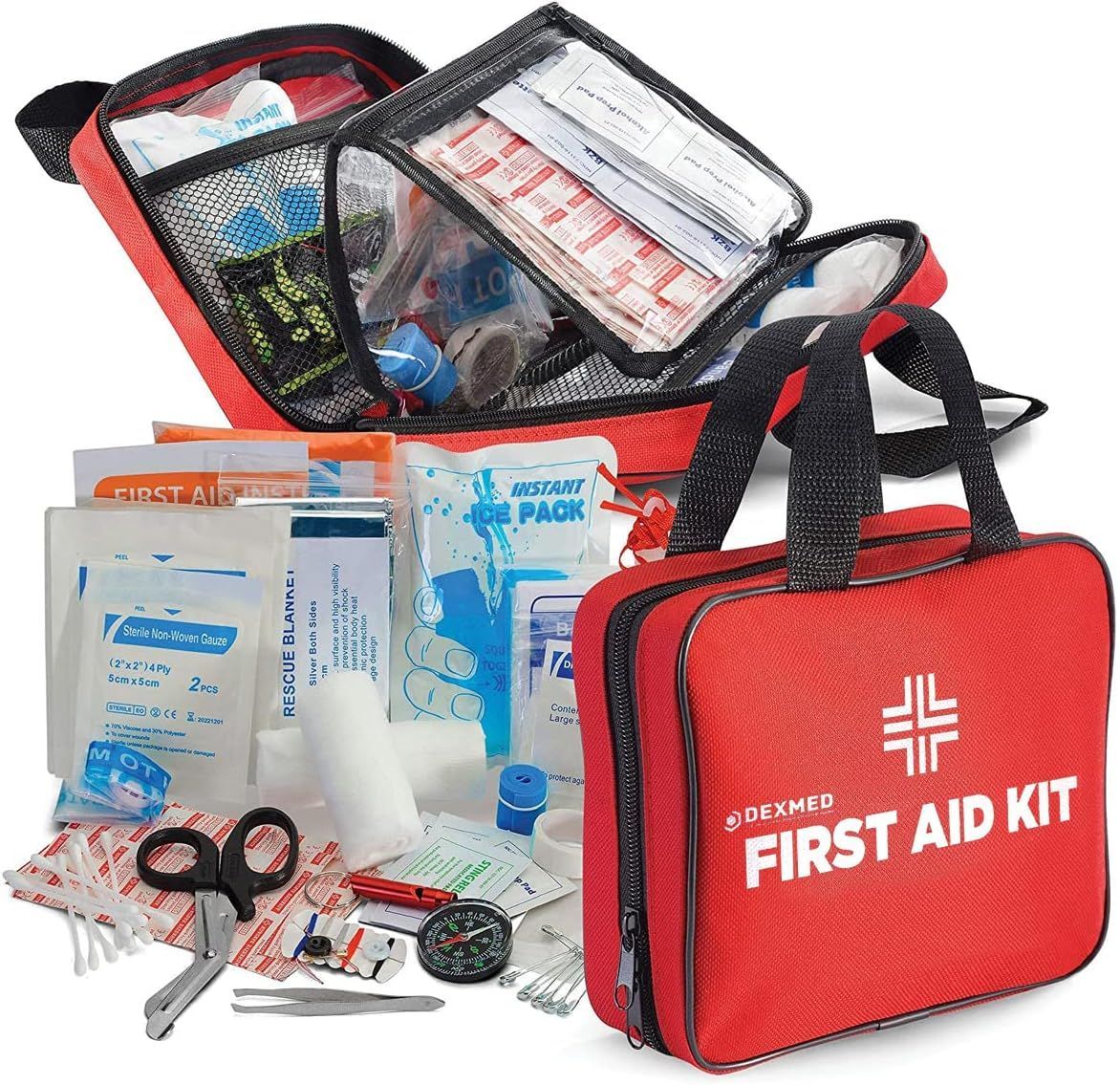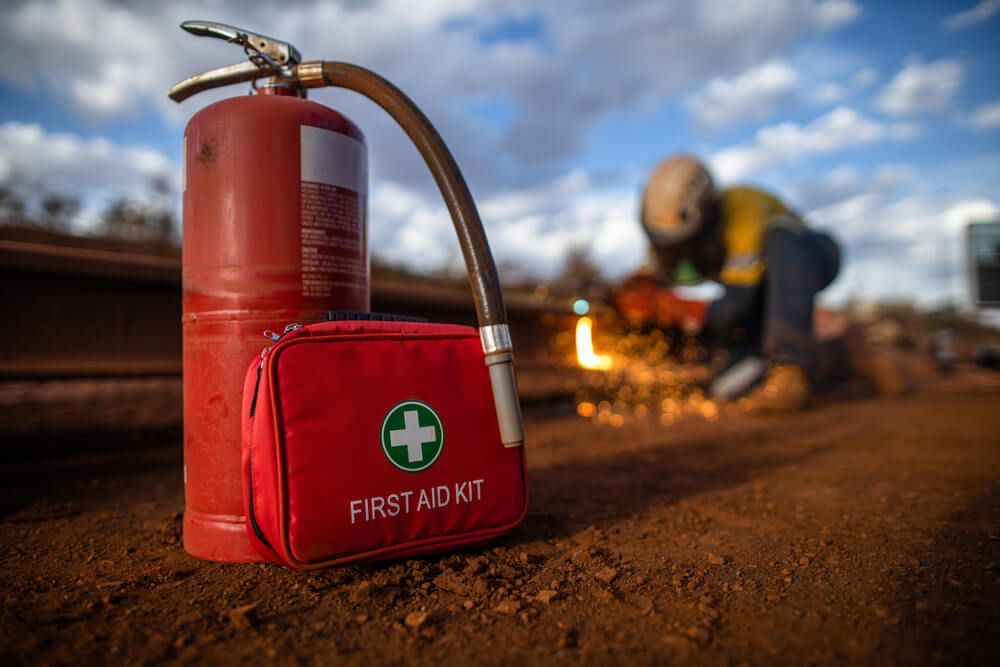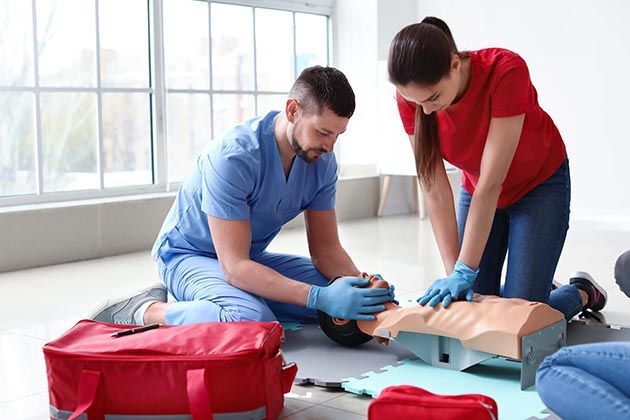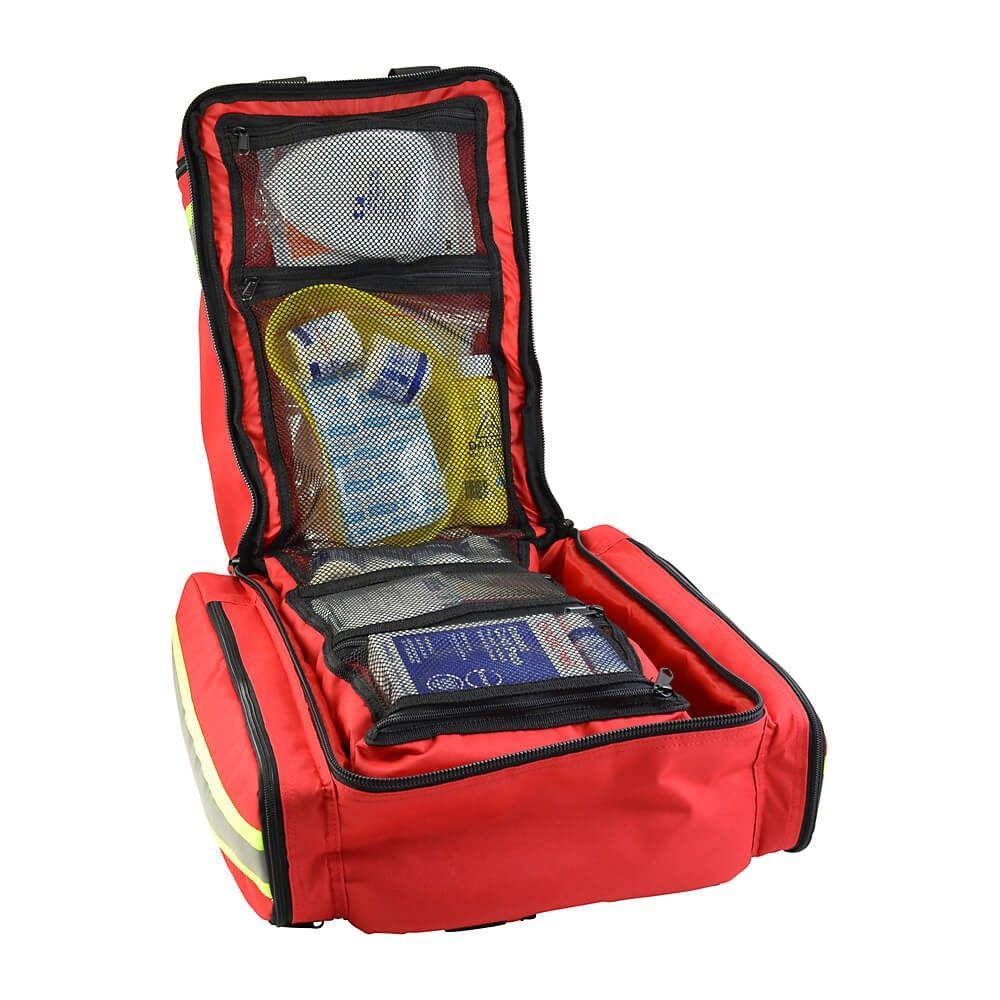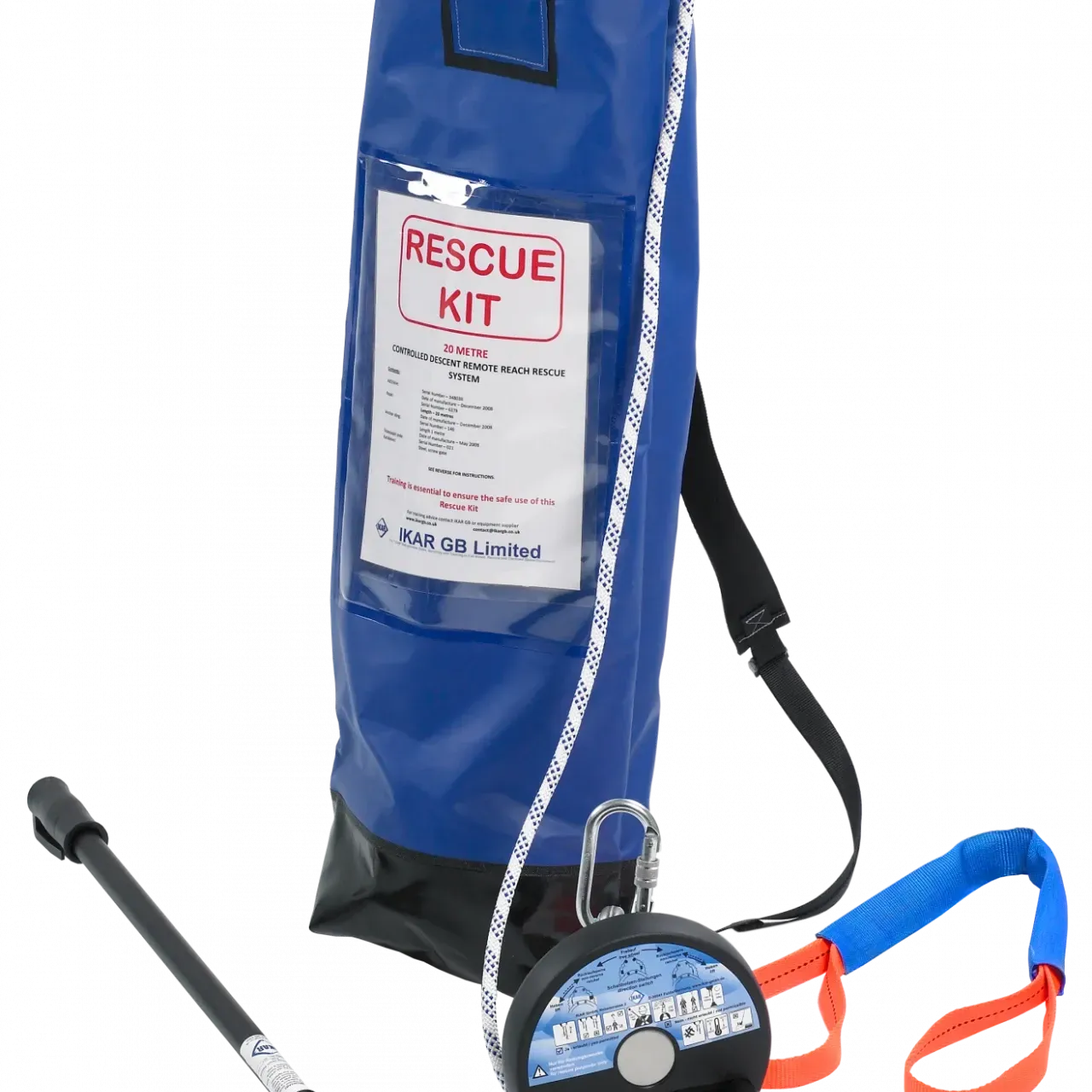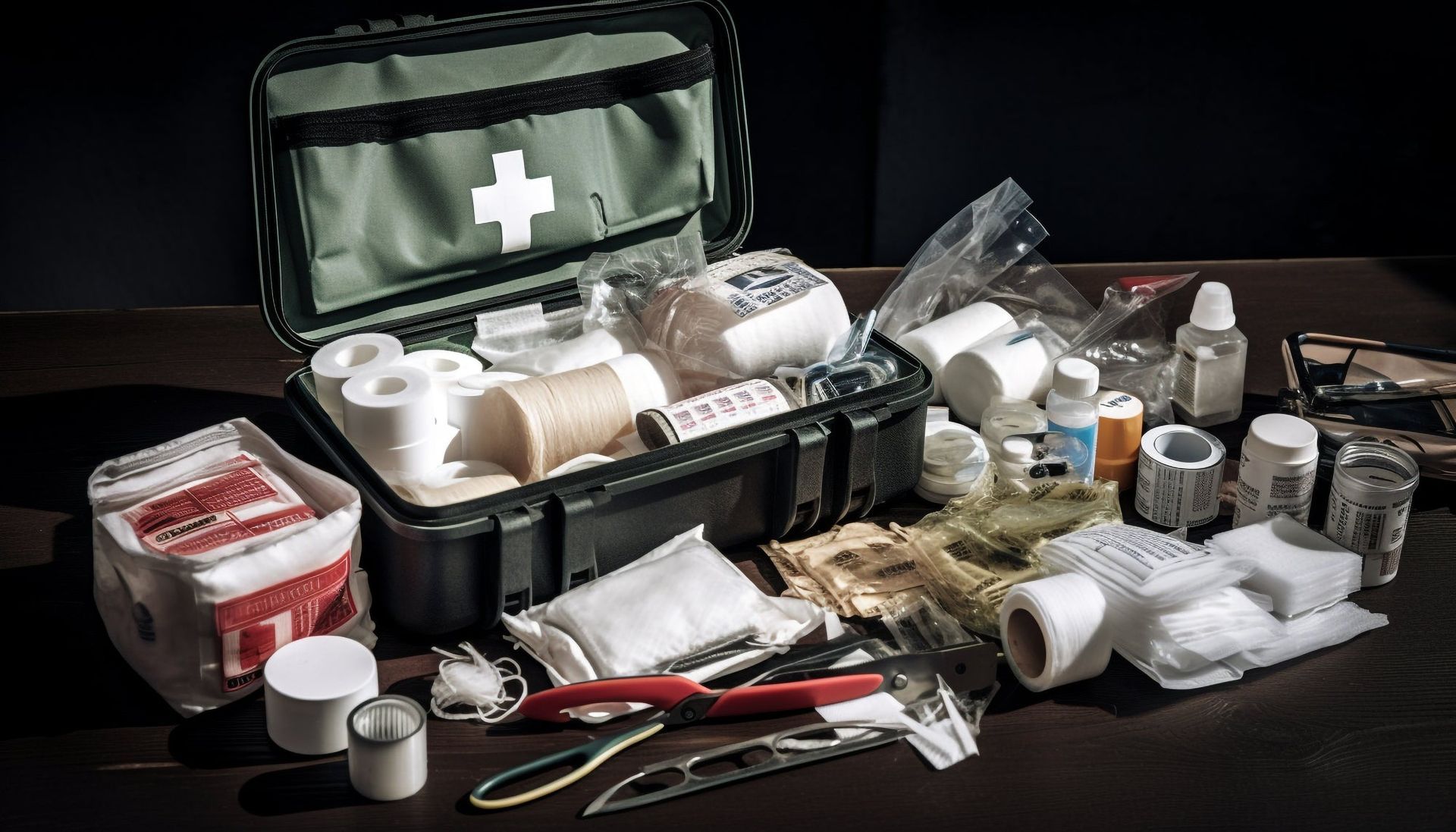Every Second Counts: Why Coaches, Gyms, and Sports Teams Need Advanced Emergency Kits
TLDR;
Coaches, gyms, and sports teams need advanced
emergency kits because immediate response saves lives and reduces the severity of injuries. The right kit ensures quick access to critical tools like AEDs, CPR masks, and trauma supplies, allowing trained staff to act within the crucial first minutes of a medical emergency.
Understanding the Critical Need for Advanced Emergency Kits
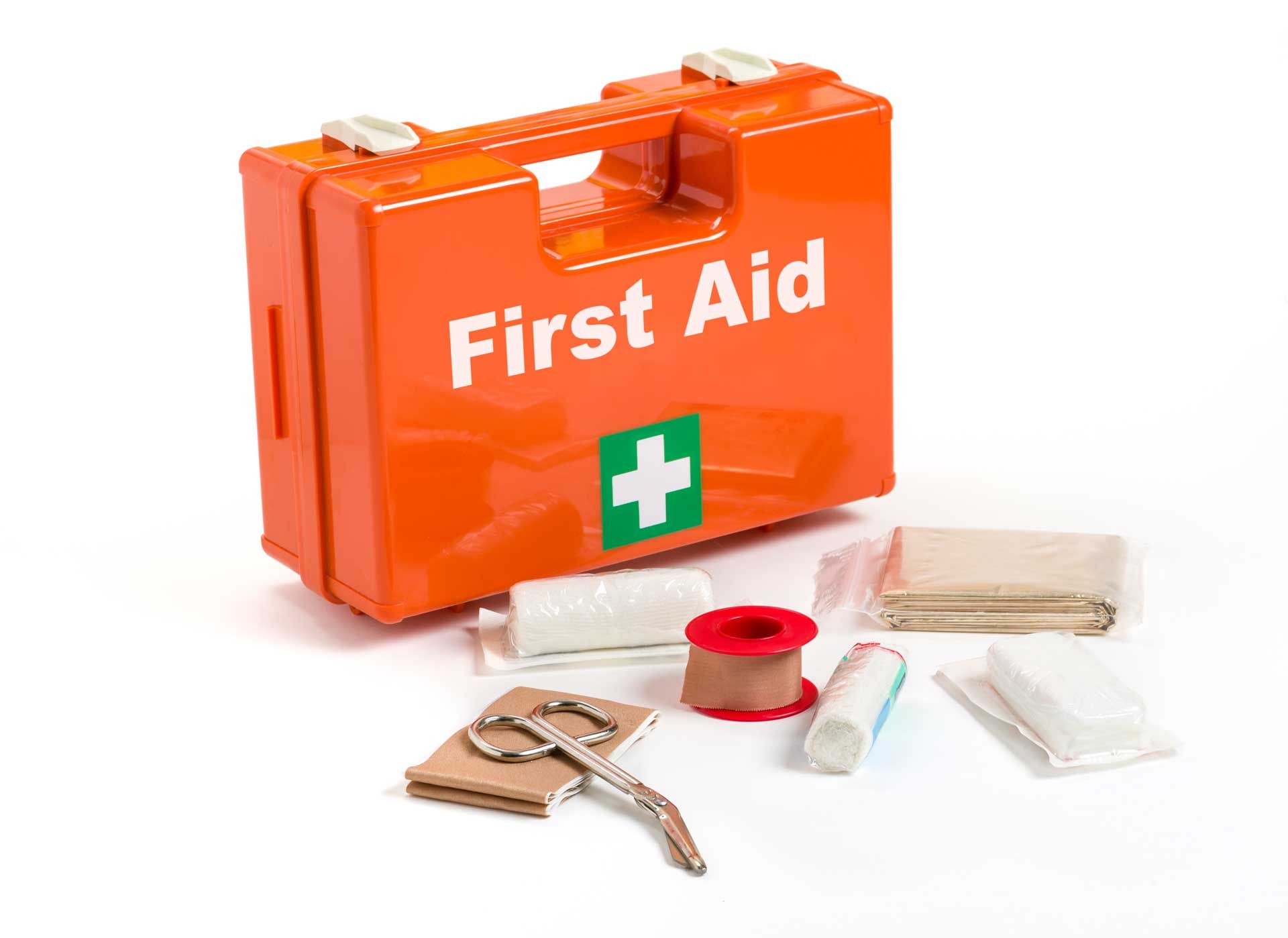
The first moments after a sports-related medical emergency determine outcomes. Survival rates for sudden cardiac arrest drop by 7 to 10 percent for every minute without defibrillation. Advanced emergency kits bridge the gap between incident and the arrival of professional medical help. They provide coaches, trainers, and staff with the tools to respond instantly. This speed can save lives, prevent long-term damage, and protect organizations from liability.
The Golden Minute and Rapid Response

- Sudden cardiac arrest is one of the leading causes of death in sports environments.
- Without immediate CPR and defibrillation, survival rates decline sharply.
- Advanced kits with AEDs ensure life-saving shocks are delivered within the golden minute.
Rapid response matters in more than cardiac events. Severe bleeding, fractures, and concussions require immediate stabilization. Delays lead to complications, longer recovery times, and in some cases, permanent disability.
Advanced Emergency Kits vs Basic First Aid Kits
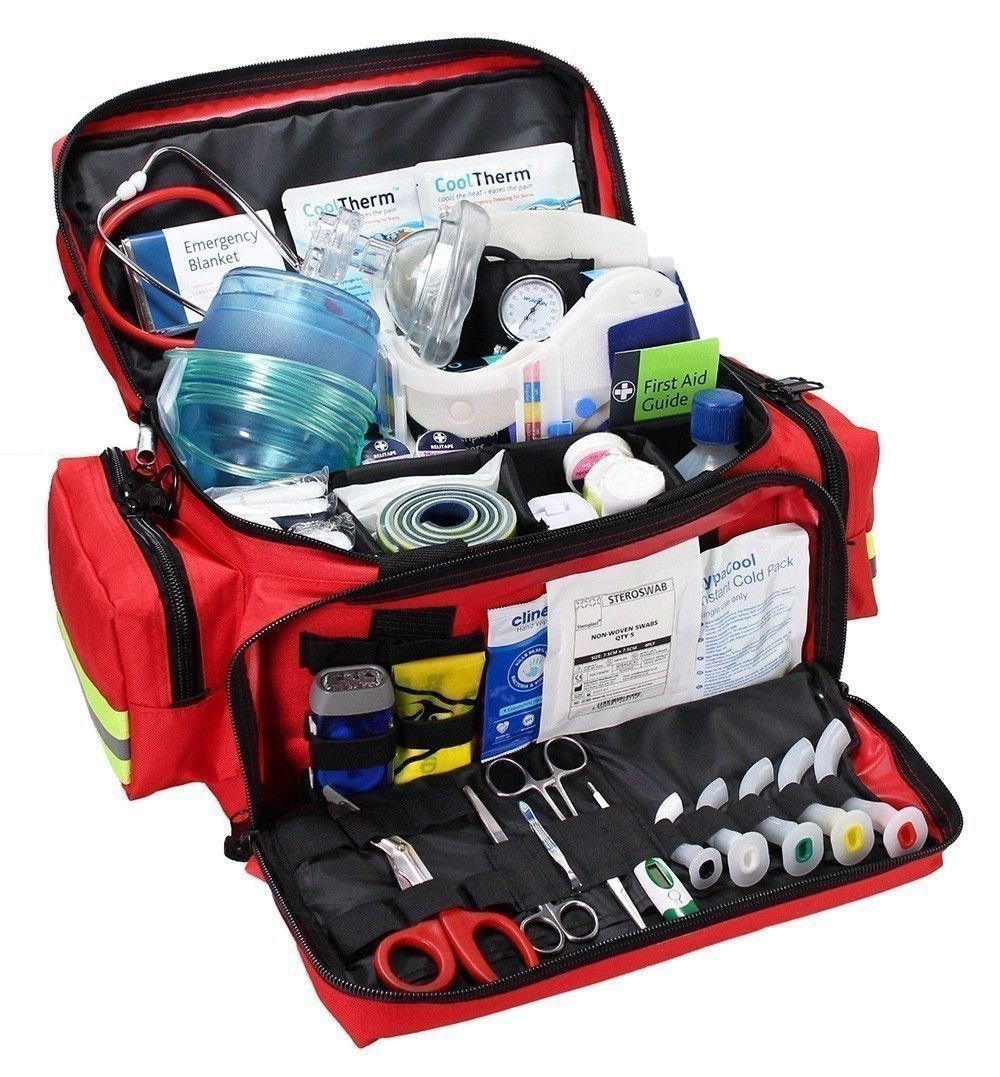
Basic first aid kits handle minor scrapes and strains. Advanced kits address life-threatening situations common in sports.
Key differences include:
- AED units for cardiac emergencies
- Trauma supplies for severe bleeding
- Splints and braces for fractures and dislocations
- Concussion evaluation tools
- Emergency blankets for shock management
- Digital tracking tools for inventory and expiration dates
Basic kits are not enough for competitive environments. Gyms, sports teams, and training facilities need kits designed for high-intensity settings.
Essential Components in a Sports-Ready Advanced Emergency Kit
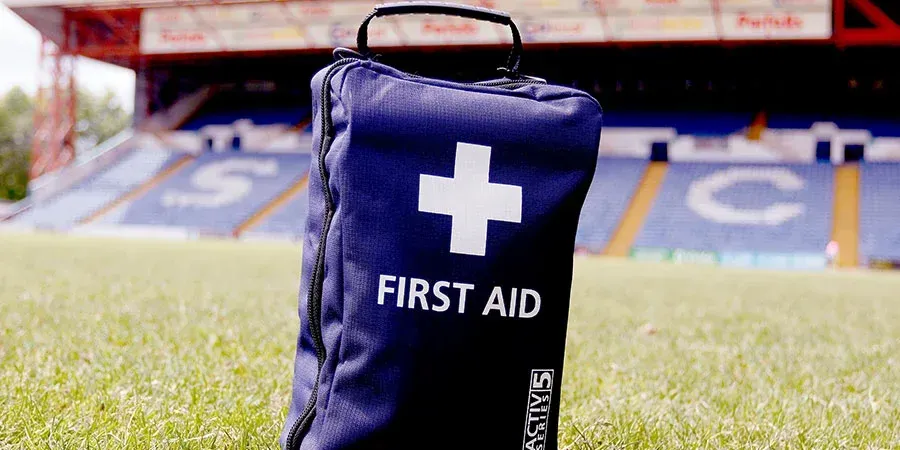
An effective kit includes:
Basic care supplies:
- Assorted bandages and gauze
- Adhesive tape
- Antiseptic wipes
- Instant cold packs
- Nitrile gloves
Advanced care supplies:
- Automated External Defibrillator (AED) with spare pads
- CPR mask with one-way valve
- Tourniquets
- Trauma dressings
- Splints for limbs and fingers
- Emergency blanket
- Scissors and tweezers
- Burn treatment gel
- Concussion assessment cards
Technology and accessibility:
- QR codes for quick inventory check
- Digital logs for expiration tracking
- Laminated quick-reference instructions
Embedding Emergency Action Plans with Advanced Kits
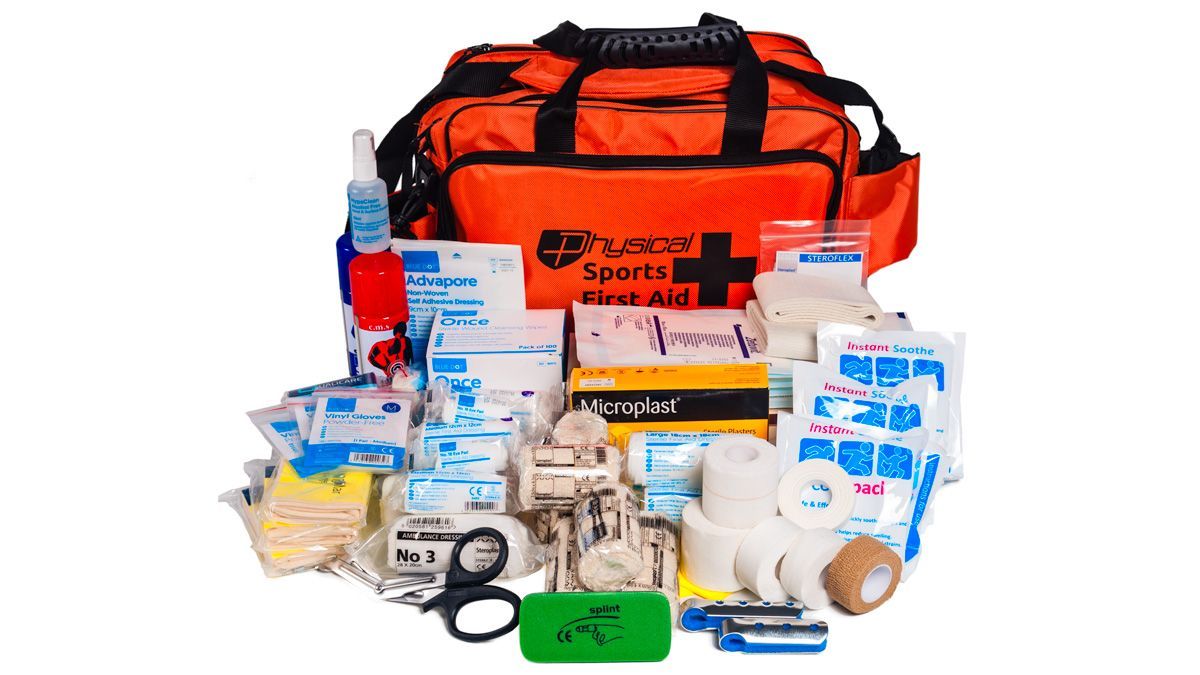
An Emergency Action Plan (EAP) is the operating manual during a crisis. It defines roles, communication protocols, and equipment locations.
Core elements include:
- Clear chain of command
- Predefined roles for staff members
- Location maps for AEDs and kits
- Practice drills at regular intervals
- Communication methods for alerting emergency services
When paired with advanced kits, EAPs create a complete readiness system.
Training and Cultural Preparedness
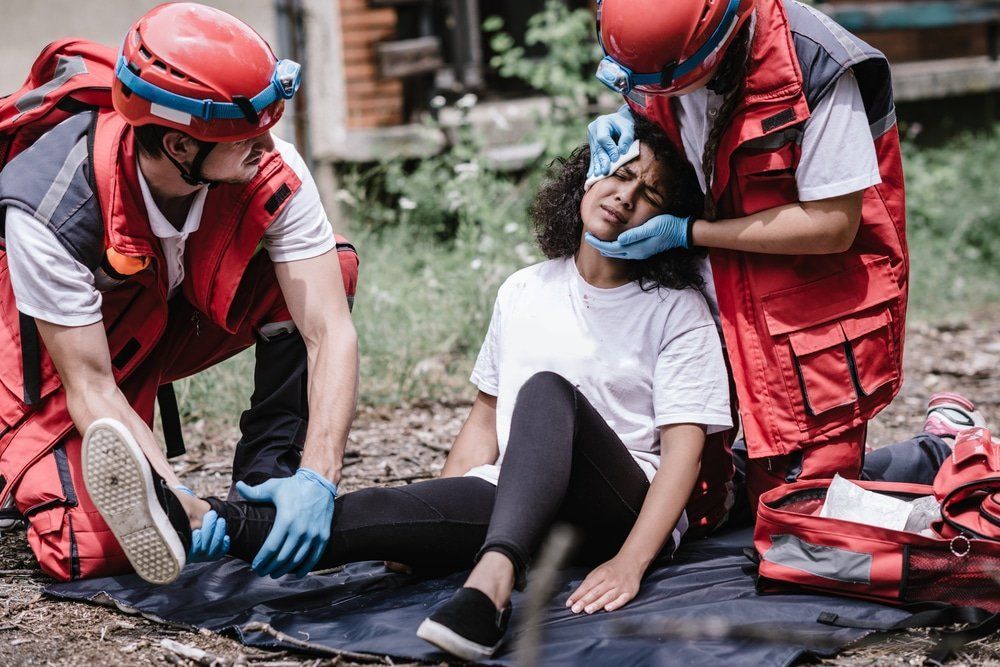
Equipment is only effective when people know how to use it. Staff must be trained in CPR, AED operation, and trauma care.
Training best practices:
- Annual CPR and AED certification
- Quarterly hands-on drills
- Simulated emergencies during practice sessions
- Athlete education on basic first aid and hydration safety
This builds a safety culture where response is second nature.
Accessibility and Maintenance Framework
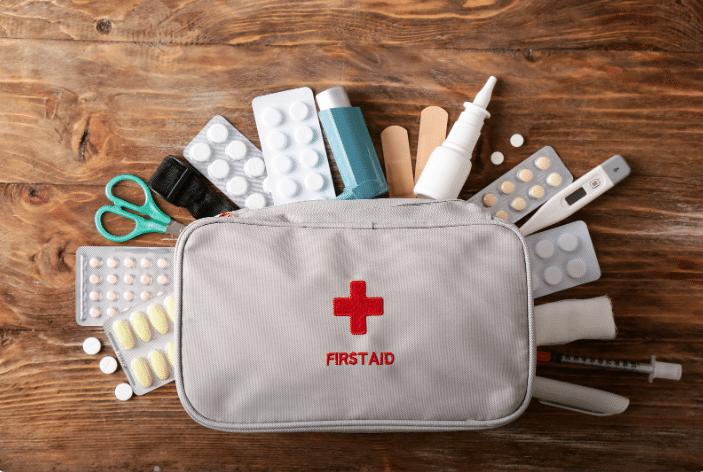
Visibility and access to kits and AEDs are essential. Equipment should be:
- Mounted in high-traffic areas
- Clearly marked with signage
- Accessible without keys or codes
Maintenance protocols should include:
- Monthly inspections
- Immediate restocking after use
- Expiration date tracking
- Battery and pad checks for AEDs
Using a digital log reduces oversight errors.
Compliance, Liability, and ROI for Organizations
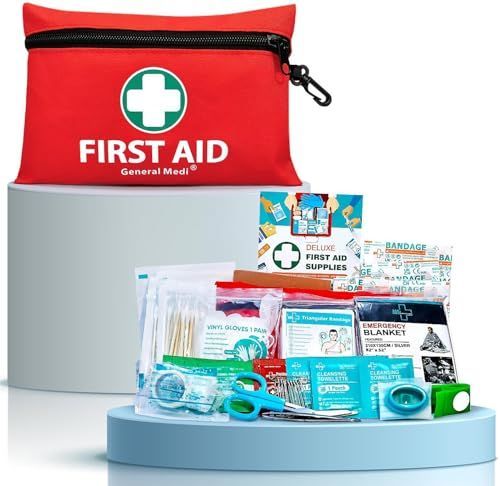
Many states require AEDs and trained personnel at sports venues. Compliance avoids legal penalties and protects athletes.
Benefits beyond compliance:
- Reduced injury severity
- Increased athlete and parent confidence
- Lower insurance premiums through risk reduction
- Avoidance of lawsuits from inadequate emergency response
Investing in advanced kits is a measurable return in safety, trust, and operational stability.
Integrating Digital Tools into Emergency Preparedness
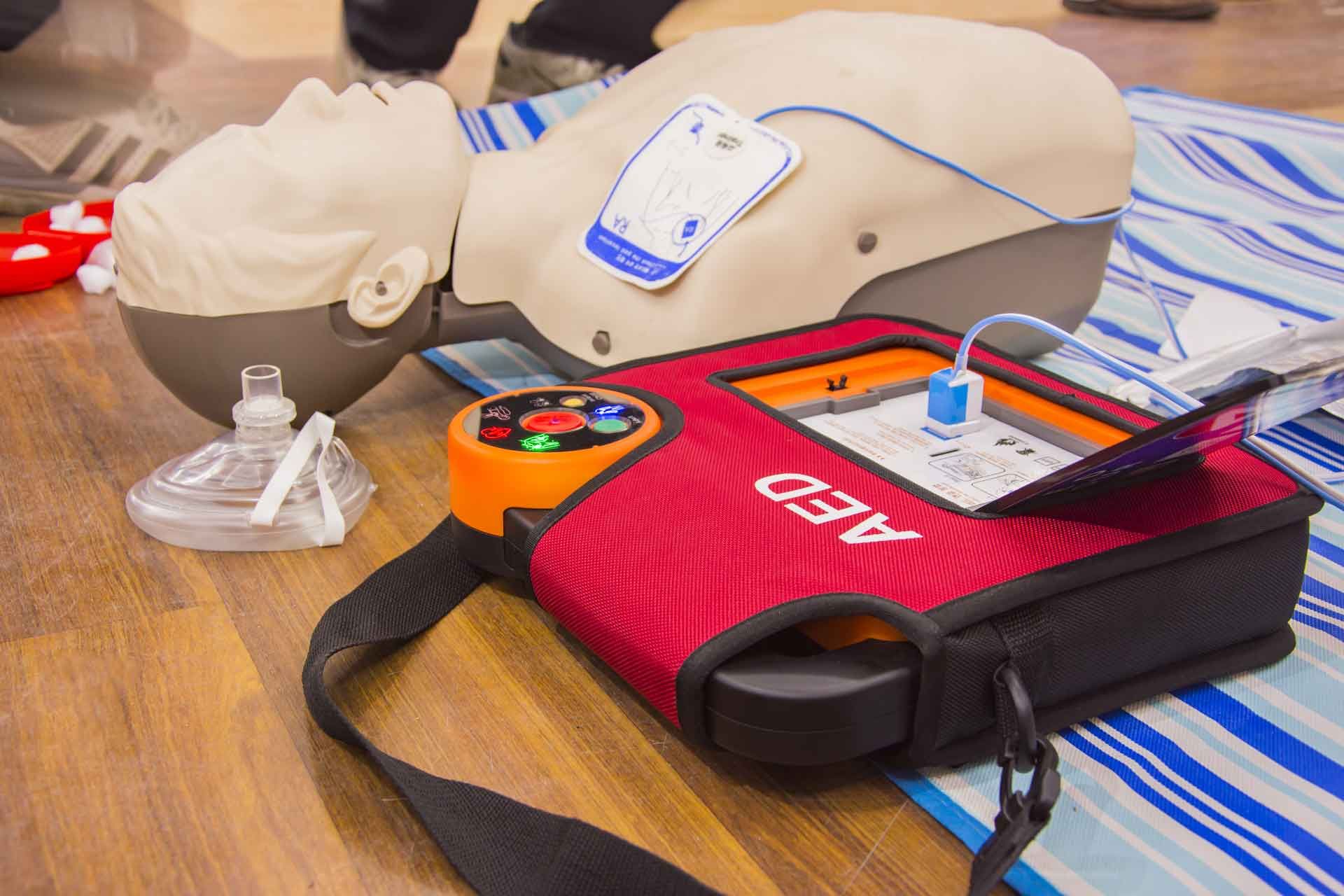
Modern kits can connect to mobile systems for:
- Instant EAP access via smartphone
- QR code scanning for supply checklists
- SMS alerts for low inventory
- Digital tracking of maintenance schedules
Technology shortens decision time and ensures nothing critical is missing when emergencies happen.
Building Safer Sports Environments with Rapid Rescue Kits
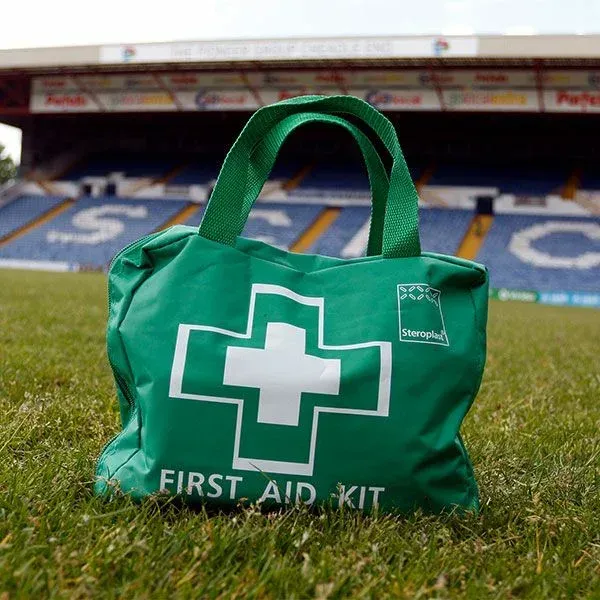
Rapid Rescue Kits delivers advanced, sport-specific emergency solutions that combine essential medical supplies, AEDs, and practical training resources. Kits are designed for portability, visibility, and compliance with sports safety standards.
Rapid Rescue Kits supports:
- Youth leagues
- Professional teams
- Gyms and training facilities
- Schools and universities
Each kit is built with the understanding that the first few minutes in an emergency decide the outcome.

